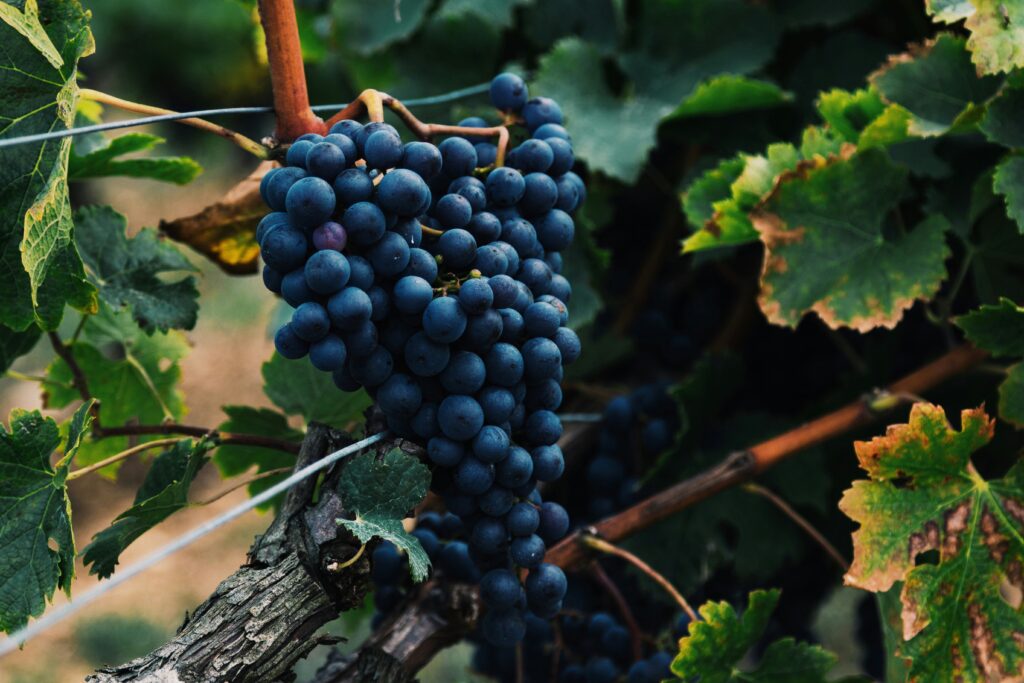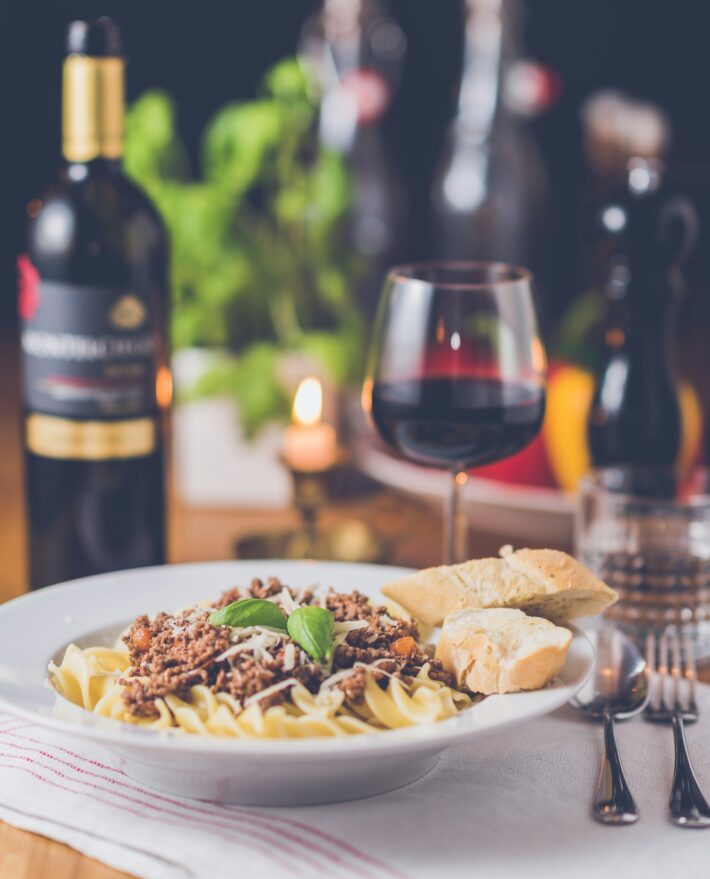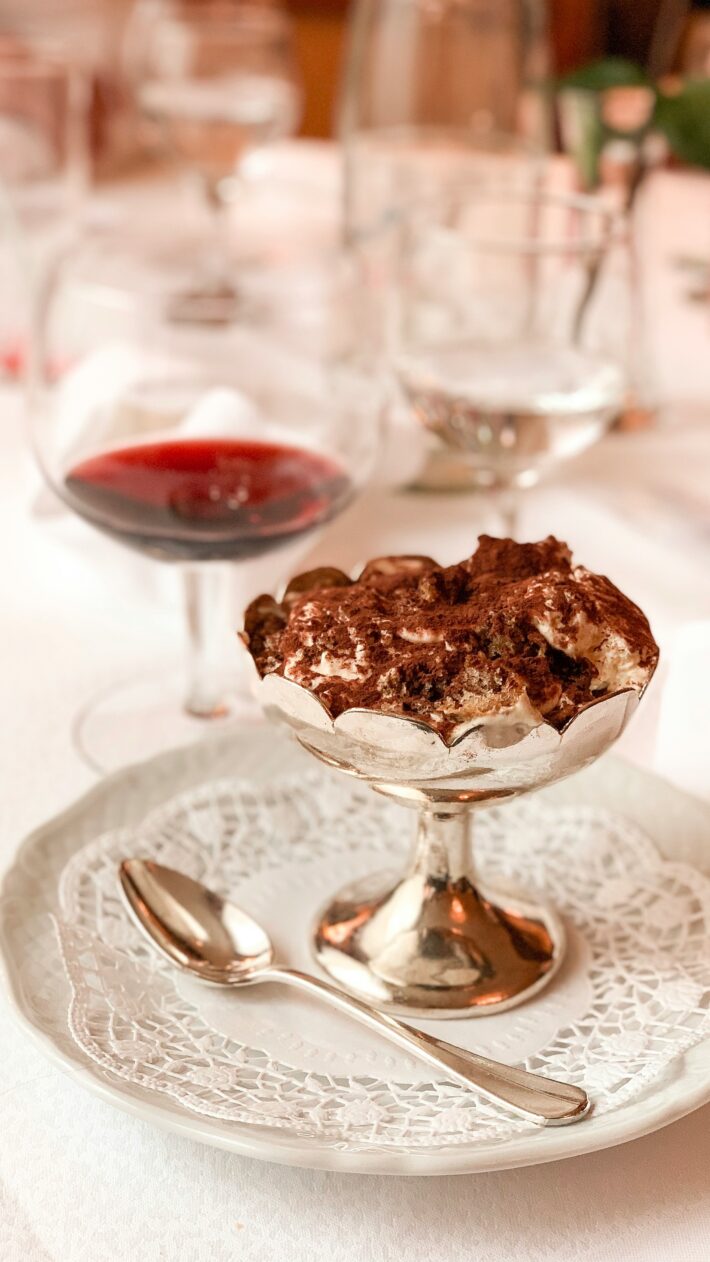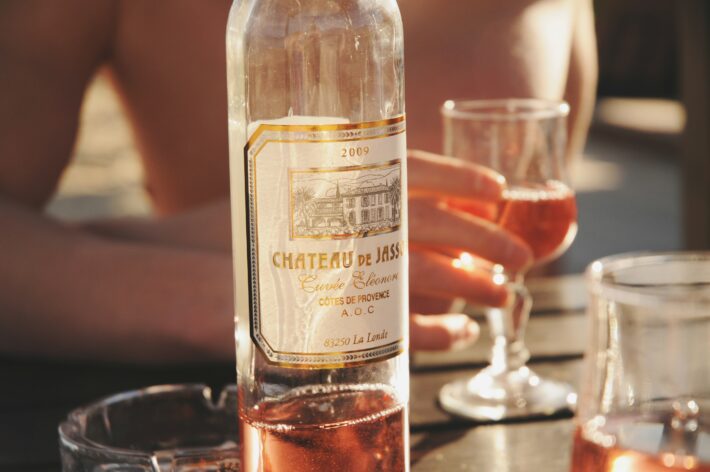Wine and Food Pairing: How to Elevate Your Dining Experience

Wine and food pairing is a delightful exploration that can transform any meal into an extraordinary culinary experience. Understanding the fundamentals of how different wines complement various dishes allows you to enhance flavors, create balance, and elevate your dining occasions. Whether you’re hosting a dinner party or enjoying a quiet meal at home, mastering the art of pairing wine with food is a valuable skill.
The Basics of Wine and Food Pairing
At its core, wine pairing is about balance. When selecting a wine for your meal, consider the weight and flavor profile of both the wine and the food. A heavy, full-bodied wine should accompany rich, robust dishes, while lighter wines work best with delicate flavors. For example, a rich Cabernet Sauvignon, with its bold tannins and deep fruit flavors, pairs beautifully with hearty red meats like steak or lamb. The tannins in the wine cut through the fat in these meats, creating a harmonious balance that enhances both the wine and the dish.
On the other hand, if you’re serving a lighter dish, such as grilled chicken or fish, a medium-bodied wine like Pinot Noir or a crisp Sauvignon Blanc may be a better choice. These wines won’t overpower the flavors of the dish but will instead enhance its subtleties. The crisp acidity in Sauvignon Blanc, for example, beautifully complements dishes with citrus or herbal notes, making it an excellent match for seafood or salads dressed with vinaigrette.
Seasonal Pairing Strategies
Seasonal ingredients play a significant role in wine and food pairing. As the seasons change, so do the flavors and textures of the foods we enjoy. In spring, for instance, fresh vegetables like asparagus and peas come into season, pairing wonderfully with a bright Sauvignon Blanc or a light Pinot Grigio. These wines’ acidity and freshness enhance the vibrant flavors of the season.
Summer is all about grilling and lighter fare. Rosé is a perfect summer wine, as its refreshing taste pairs well with a variety of dishes, from grilled meats to salads. Consider enjoying a rosé with grilled shrimp or a light pasta dish. As the weather cools in autumn, heartier dishes like roasted squash or turkey become more prevalent. A rich Chardonnay or a spicy Zinfandel can complement the savory notes of these fall favorites beautifully. The oakiness of a Chardonnay, for example, pairs wonderfully with the creamy textures of pumpkin soup.
In winter, we often crave comfort foods like stews and braises. Full-bodied red wines like Malbec or Syrah stand up to these robust flavors. A rich beef stew or a hearty lamb shank can be elevated with a glass of Malbec, whose dark fruit flavors and soft tannins complement the dish’s richness.
Classic Pairing Combinations
Certain wine and food pairings have stood the test of time, becoming classic combinations beloved by many. For instance, the pairing of Brie cheese with Chardonnay is a well-known classic. The creaminess of the cheese complements the buttery notes of the wine, creating a luxurious mouthfeel. Similarly, a sharp blue cheese can be beautifully contrasted with a sweet dessert wine like Port. The sweetness of the wine balances the saltiness of the cheese, making for a delightful combination.
Another popular pairing is the combination of grilled meats with a robust Cabernet Sauvignon. The wine’s tannins cut through the rich fat of the meat, enhancing both the wine and the dish. For a lighter option, consider pairing a fresh goat cheese salad with a crisp, mineral-driven Sauvignon Blanc. The acidity of the wine brightens the dish while complementing the tangy flavor of the cheese.
Tips for Experimentation
While there are guidelines for wine and food pairing, the most important rule is to trust your palate. Personal preferences play a significant role in what works for you, so don’t be afraid to experiment with unconventional pairings. For example, you might find that a spicy Asian dish pairs surprisingly well with a sweet Riesling. The sweetness in the wine can balance the heat in the dish, creating a delightful contrast.
Consider hosting a tasting night with friends, where everyone brings their favorite wine and a dish to share. This casual setting encourages experimentation and opens up discussions about what pairs well together. Take notes on what combinations you enjoy most, and don’t hesitate to revisit successful pairings in the future.
Conclusion
Wine and food pairing is both an art and a science, offering endless opportunities for exploration and enjoyment. By understanding the principles of balance, flavor profiles, and seasonal ingredients, you can enhance your dining experience and impress your guests. Remember that personal preference is key—what matters most is finding combinations that bring you joy. So pour a glass, savor the flavors, and enjoy the delightful journey of wine and food pairing. Whether you’re dining alone or with friends, the right wine can turn any meal into a memorable occasion.



